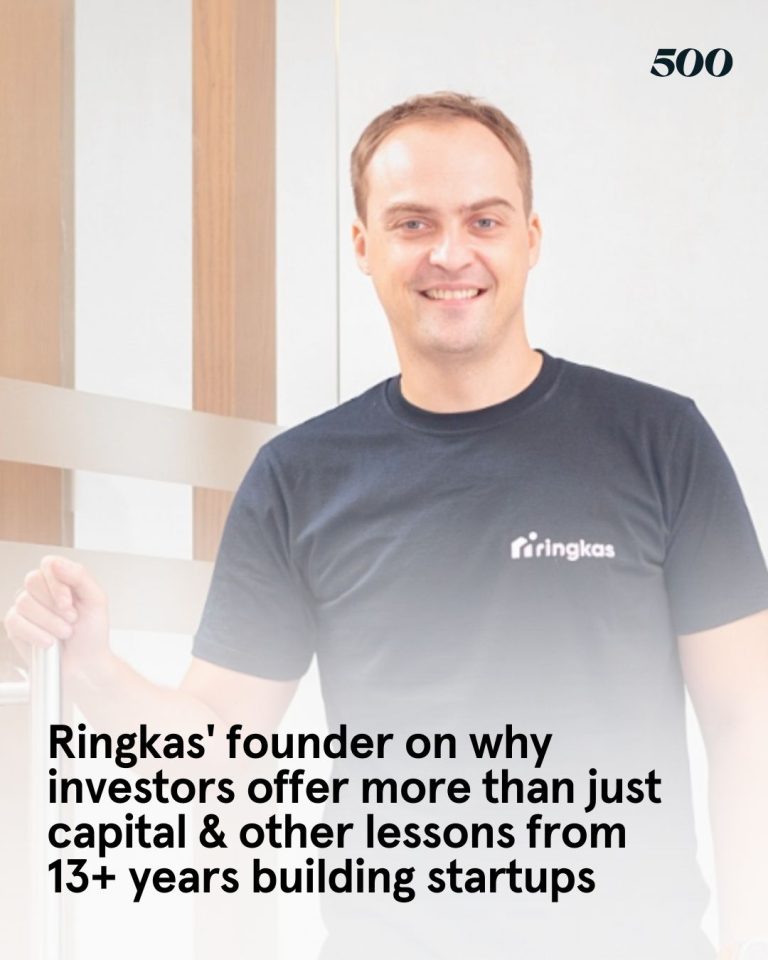Cycles and Crabs
- “There’s a micro doom loop that is spinning so fast and I don’t want this region to be set back,” shared Khailee Ng, 500 Global Managing Partner.
- The “micro doom loop” in VC begins when limited capital flows from LPs into the ecosystem. As a result, VC firms operate with reduced capital reserves, and may become more conservative in their investments.
- This can lead to fewer startups getting funded, or more funding concentrated in fewer startups. If funded startups are unable to achieve sufficient growth, they may face difficulties securing subsequent rounds of investment. This limits the ability for VCs to generate returns for LPs, perpetuating the cycle.
- “We’re doing crabs in the tub right now,” Khailee shares, likening the self-destructive blame culture within the Southeast Asian startup ecosystem to how crabs in a confined space will tear each other apart due to scarcity and lack of external opportunities.
- In the startup ecosystem, this represents internal conflict, blame, and tearing each other down when resources are scarce, rather than collaborating for collective success.
- His advice for founders fundraising in 2025? Instead of having ‘tunnel vision’ reliance on a single VC, founders should explore multiple sources of capital — including from unusual suspects — by “walking up the ladder then down the ladder”.
- This tactic involves founders first securing commitments from newer, eager VCs or angel investors who might be more willing to invest early. Once a significant portion of the round is committed, founders then approach their preferred top-tier VCs.
- Securing commitments from smaller or newer investors creates urgency and social proof, making the top-tier VCs more likely to invest. After securing the top-tier VC, founders can loop back to earlier potential investors to close the round (walking down the ladder).
- Watch the full podcast on Tech in Asia.




